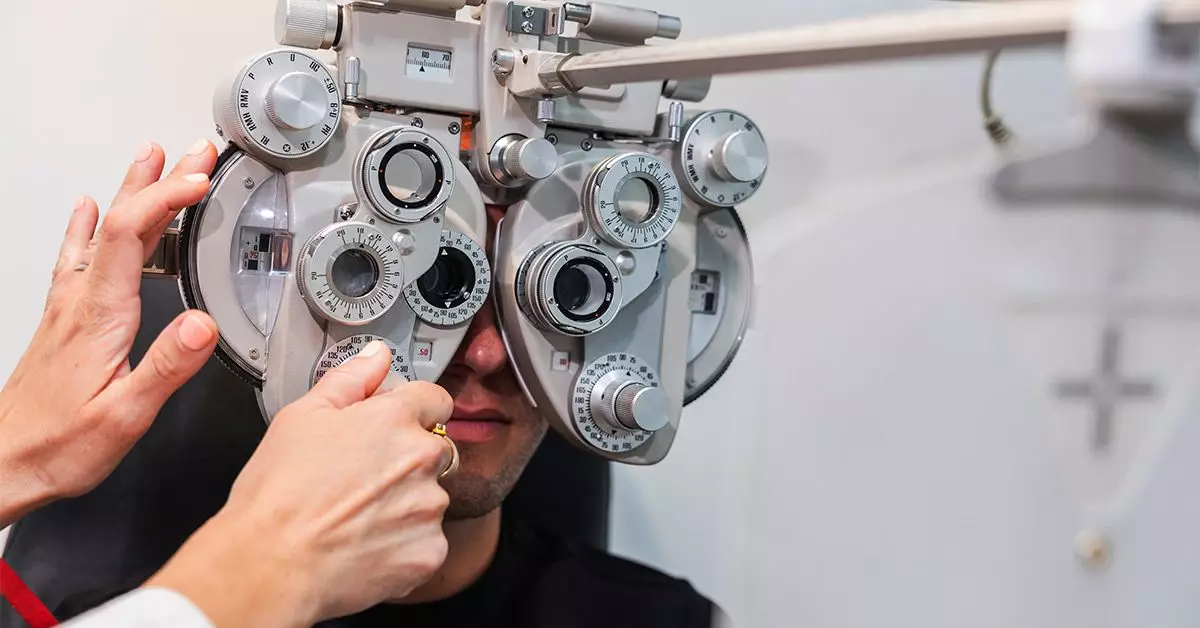Bipolar disorder is a complex psychiatric condition characterized by significant mood fluctuations that oscillate between manic and depressive states. While mood episodes are the most recognized aspects of this condition, recent discussions have emerged regarding the physical manifestations of these mood swings, particularly in relation to eye characteristics. The term “bipolar eyes” encapsulates a variety of symptoms linked to changes in pupil size, gaze, and overall eye appearance, which could provide insight into the emotional state of an individual with bipolar disorder. However, we must approach this concept critically, recognizing the limitations of current knowledge and the necessity for further research.
The Link Between Bipolar Disorder and Pupil Dynamics
In exploring the relationship between bipolar disorder and eye characteristics, one must recognize the role of the autonomic nervous system, which regulates involuntary bodily functions, including pupil size. This system comprises the sympathetic and parasympathetic branches, which work in tandem to process emotional stimuli. When an individual experiences a manic episode, there is a notable increase in norepinephrine levels—a neurotransmitter integral to the body’s fight-or-flight response. This surge can lead to pupil dilation, potentially giving the eyes a darker appearance, which some observers might interpret as an indication of mania. Conversely, during depressive episodes, lower norepinephrine activity may result in pupil constriction and a lackluster appearance in the eyes, often described as losing their light or sparkle.
However, while these physiological changes offer an intriguing connection to mood states, they’re not universally acknowledged as definitive indicators of bipolar disorder. Eye appearance can be influenced by various external factors, including lighting conditions, emotional wellbeing, and even environmental irritants. Therefore, it is crucial to consider that eye changes may be symptomatic of the emotional landscape rather than standalone indicators of bipolar disorder.
Eye movements can reveal significant information about cognitive processing and emotional state. Research suggests that people with bipolar disorder may exhibit altered eye movement patterns during various cognitive tasks. Two primary types of eye movements are implicated in these studies: vergence, the simultaneous movement of both eyes in opposing directions to maintain focus, and saccadic movements, which are rapid shifts in gaze from one focal point to another. Recent findings indicate that individuals with bipolar disorder might struggle with vergence accuracy and display increased saccadic movements compared to those without the disorder.
Such findings prompt a broader inquiry into how cognitive and emotional responses are interlinked with visual processing. Elevated saccadic activity could indicate heightened arousal or impulsiveness, traits often associated with manic episodes. Nevertheless, while these observational studies provide evidence of behavioral variations correlated with bipolar disorder, they fall short of establishing a diagnostic criterion based solely on eye movement patterns.
Despite the intriguing possibilities presented by the concept of “bipolar eyes,” medical professionals currently do not consider eye characteristics as a reliable tool for diagnosing bipolar disorder. Diagnosis primarily relies on clinical evaluations that assess a patient’s medical history, behavioral patterns, and emotional experiences. Key features of bipolar disorder include significant mood episodes—periods marked by intense emotional highs or lows—and changes to sleep and activity levels during these phases. These aspects serve as more validated indicators for diagnosis than physical changes in the eyes.
The lack of concrete evidence linking eye changes to bipolar disorder means that individuals experiencing these symptoms should not jump to conclusions. If someone suspects they might have bipolar disorder, it’s essential to consult with a medical professional who can conduct a thorough assessment.
Navigating Public Perception and Anecdotal Evidence
The notion of “bipolar eyes” often emerges from anecdotal observations within communities discussing mental health. These observations can engender misunderstandings and perpetuate stigmas related to the condition. Acknowledging that while eye changes may occasionally correlate with mood fluctuations, they should not overshadow the more critical emotional and cognitive assessments required to understand bipolar disorder. As we advance our research and understanding, it is essential to emphasize that bipolar disorder is a complex interplay of biochemical, psychological, and environmental factors.
While the concept of “bipolar eyes” presents a fascinating perspective on the physical manifestations of bipolar disorder, significant gaps in research and evidence remain. As we continue to explore this relationship, it is paramount to approach it with a critical mindset and a commitment to holistic understanding, recognizing that eye characteristics, while interesting, do not define the complexities of bipolar disorder. Individuals who may experience symptoms related to bipolar disorder should engage with healthcare professionals to seek a comprehensive understanding of their mental health.

